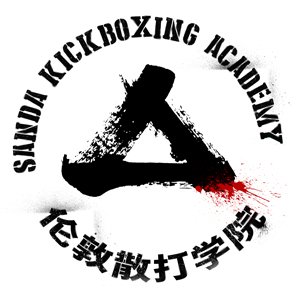Challenging yourself in martial arts: the path to transformation
In the pursuit of mastery in martial arts, the importance of challenging both the mind and body cannot be overstated. The journey through martial arts is not just about learning techniques and achieving belts; it's a profound exploration of self-improvement and transformation. To foster physiological and mental changes, it is essential to step out of your comfort zone. This challenge will manifest differently for everyone. For some, it might be the simple act of showing up to class after a gruelling day at work. For others, it may involve pushing through the barriers of physical and mental pain and discomfort. Regardless of its form, growth demands challenge.
Embracing Challenge as a Catalyst for Change
Challenge acts as a catalyst for change, pushing practitioners to reach new levels of physical prowess and mental fortitude. It compels individuals to confront their limitations and to transcend them. In martial arts, where progress is measured not just in skill but in personal development, embracing challenge is indispensable. Each obstacle overcome on the mat mirrors a potential victory over life's trials, instilling confidence and resilience.
The Balance: Recovery, Strength Training, and Nutrition
However, the pursuit of challenge must be balanced with recovery, strength training, and nutrition. The martial artist's body is their instrument, and like any finely tuned device, it requires care and maintenance. Proper recovery techniques, such as adequate rest, stretching, and perhaps incorporating activities like yoga or meditation, ensure that the body and mind are given time to heal and strengthen. Strength training complements martial arts training by building the muscular power and endurance necessary to perform techniques effectively and reduce the risk of injury. Nutrition fuels the body, providing the energy needed for rigorous training sessions and aiding in recovery and muscle building.
Understanding Pain: The Good and the Bad
A crucial aspect of challenging oneself is learning to differentiate between good pain and bad pain. Good pain might be the burn of muscles being pushed to new limits or the fatigue after a particularly intense training session — indicators of growth and improvement. Bad pain, however, signals harm: joint pain, sharp pains, or any discomfort that persists or worsens with activity should not be ignored, as these could indicate injuries that may require rest or medical attention. Understanding the difference comes with experience and attentiveness to one's body.
The path to martial arts mastery is paved with challenges that test the limits of one's physical and mental endurance. However, these challenges are not insurmountable barriers but opportunities for growth and self-discovery. By embracing challenge, maintaining balance through recovery and proper training, and learning to listen to their bodies, martial artists can achieve not just technical prowess but a deeper, transformative self-improvement. This journey is not easy, and it is not meant to be. In the forge of discipline and perseverance, true warriors are made of. Click here to book your free trial. See you there!


